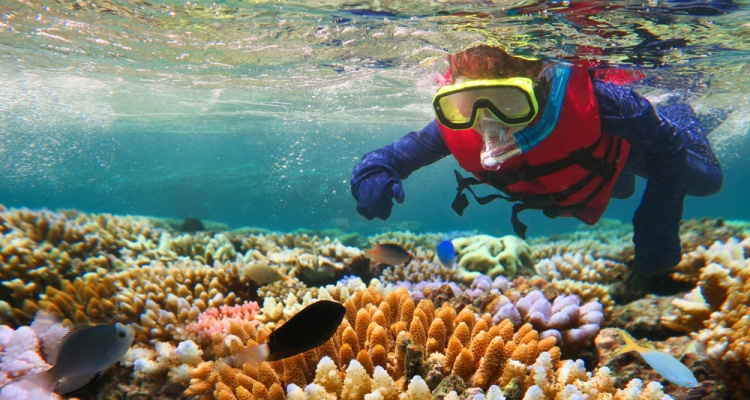It’s 2016 and the world is truly our oyster. And while the flattening world is generally regarded as a good thing, there are certainly some drawbacks to the hoards of tourists looking to snap the best pic with the Mona Lisa. Unsurprisingly, some landmarks are being threatened by the ongoing climate crisis and other places are getting scrutiny from activists and government officials who want to close certain sites because of negative human effects.
Either way, there are a ton of special places that you need to check out before government regulations or climate change threaten their existence:
Uluru, Australia
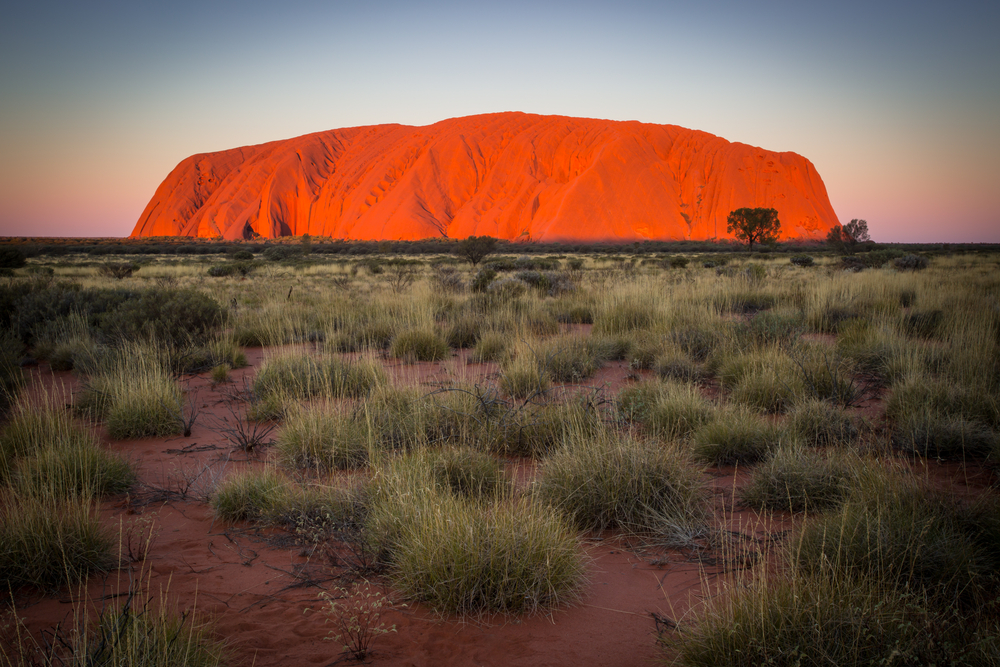
The giant 700-million-year old landmark formerly known as Ayers Rock is an Australian “it” destination. Tourists have been flocking there ever since they could. But the Aboriginal peoples (whose land Uluru sits on) are saying that too many people are coming through and it’s contributing to the landmark’s erosion, so they’re calling for an end to allowing tourists flock to the rock. If you visit, please make sure you respect the laws of the land — pick up your trash, stay on trails, keep your hands in your pockets.
Great Wall of China, China
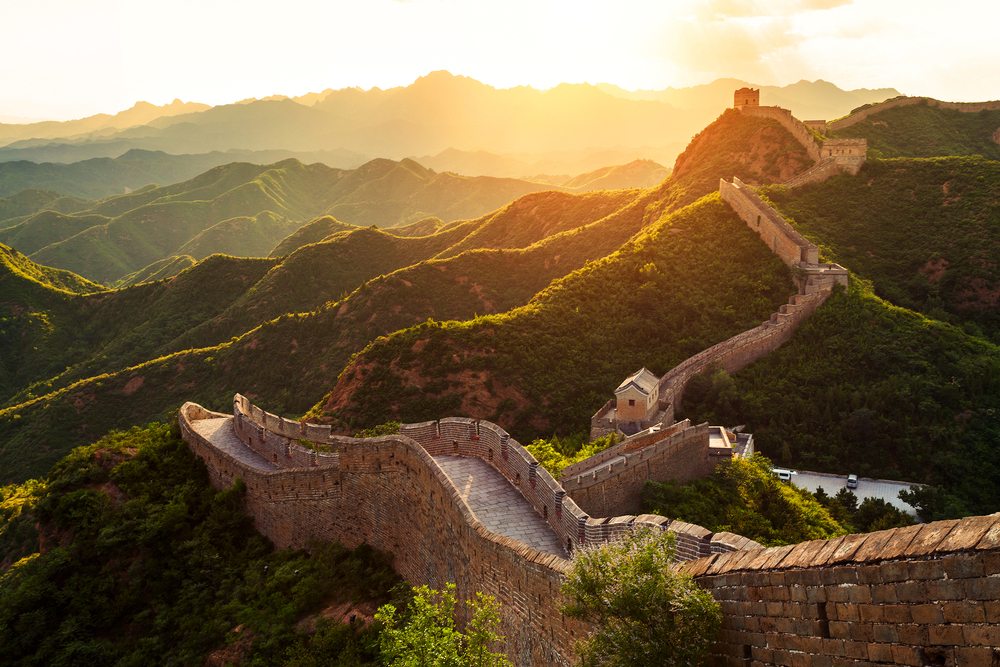
Parts of the Great Wall has already been shut down due to erosion and human impact, but there are talks about closing bigger and more popular chunks off — mainly due to the graffiti and litter that’s been found in heaps along the route of the magestic wall. Officials haven’t announced any set plans, but the threat is lingering.
Machu Picchu, Peru
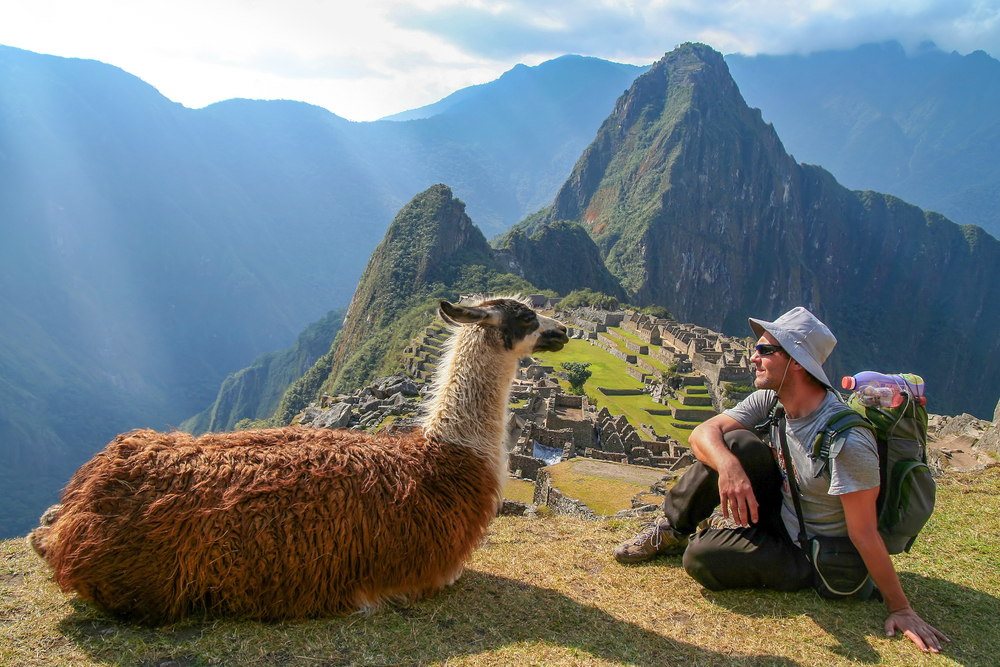
The mystical city in Peru is so popular that it saw over 1.2 million visitors in 2014. Those numbers, however, contributed to a lot of the destruction and erosion of the trail, along with bottlenecking and overcrowded as visitors reached the top. In 2019, the country will be enacting a tourist limit and also implementing rules that will require trekkers to hire a local guide and reserve a timed spot atop the city in order to visit.
Nuuk, Greenland
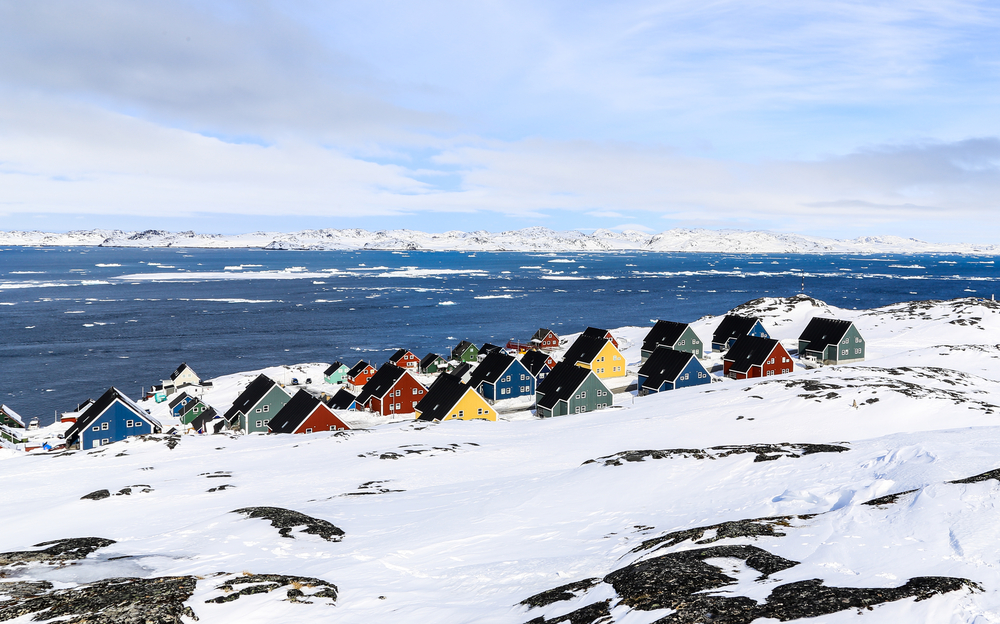
This spot draws a lot of travelers looking to have a taste of the North Pole. The small town has cute colonial markets and an ice cap that’s unfortunately quickly melting. However, officials are wondering if they need to put a cap on the amount of tourists that they let in, as the carbon emissions from the uptick in tourism has started to negatively affect the surrounding areas.
Great Barrier Reef, Australia
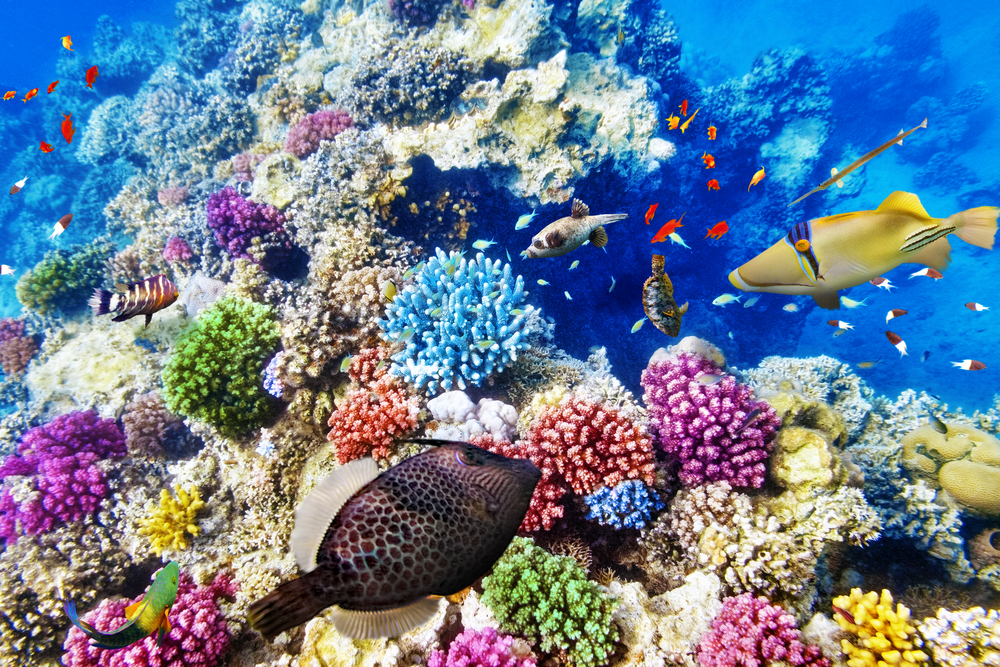
We’ve all heard the sorry news that the Great Barrier Reef off of the coast of Queensland in Australia is dying — with some scientists saying that it could be gone as early as 2050. The marine ecosystem is a beautiful sight for those lucky enough to see it before it disappears — it hosts over 3,000 individual reef systems and is a home to countless forms of rare and unique organisms.
Masai Mara, Kenya

Going on a safari in Kenya is something that’s likely on everyone’s bucket list — but that might be a little harder to do in one of the most popular places: Kenya’s Masai Mara. Though demand is way up, activists are calling on the government to instate a tourist cap on those allowed to go on safari in the area, as all of the traffic is starting to damage the ecosystem.
Caves of Altamira, Spain
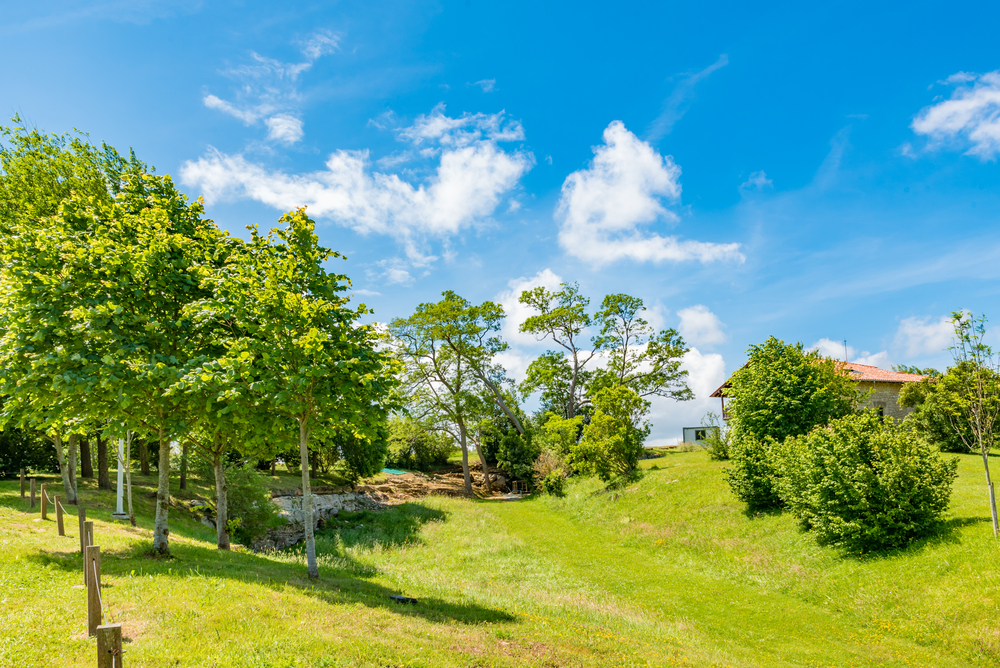
The amazing caves on Spain’s northern coast have always been a popular tourist destination, as it contains some of the world’s oldest known art. The buffalo paintings are estimated to be 20,000 years old… And have been suffering from the visitors, whose presence and destruction caused the caves to be closed in 2002 by the government. The caves are reopened but are extremely hard to get into — a lottery of five people are chosen weekly to carefully enter the museum.
The Sistine Chapel, Vatican City
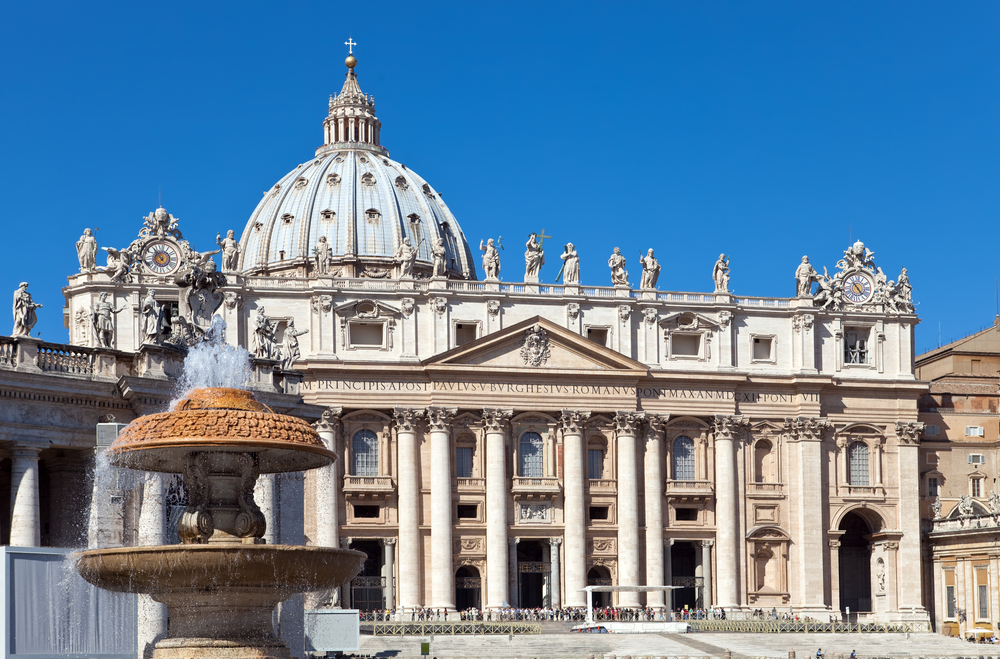
Though the Vatican asks visitors to not take pictures (especially with the flash on), there are, of course, rebels who insist on taking a piece of the work of art home with them on their iPhones. But the flashes aren’t the only thing threatening the preservation of the ceiling — apparently the carbon dioxide from people breathing is also damaging. While some officials have called for a tourist cap, the Vatican has so far tried to counter the negative effects by installing an air system that controls the CO2 levels.
Cinque Terre, Italy
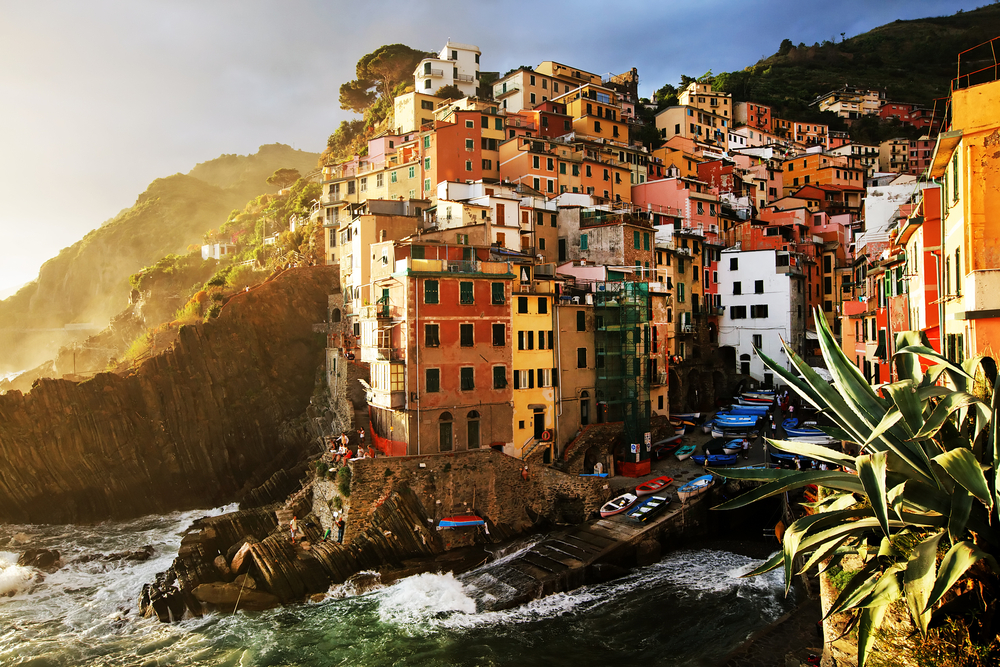
Once a hidden gem on Italy’s picturesque Riviera, the Cinque Terre hike is now an Italian “must do”. Suddenly, the tranquility and quaintness used to sell the place was ruined by the onslaught of 2.5 million tourists in 2015. This caused officials to limit the amount of tourists able to tromp through the five cliffside towns. Now hike-hungry trekkers will need to get a visitor ticket in advance and use an app to see which towns are the least crowded.

